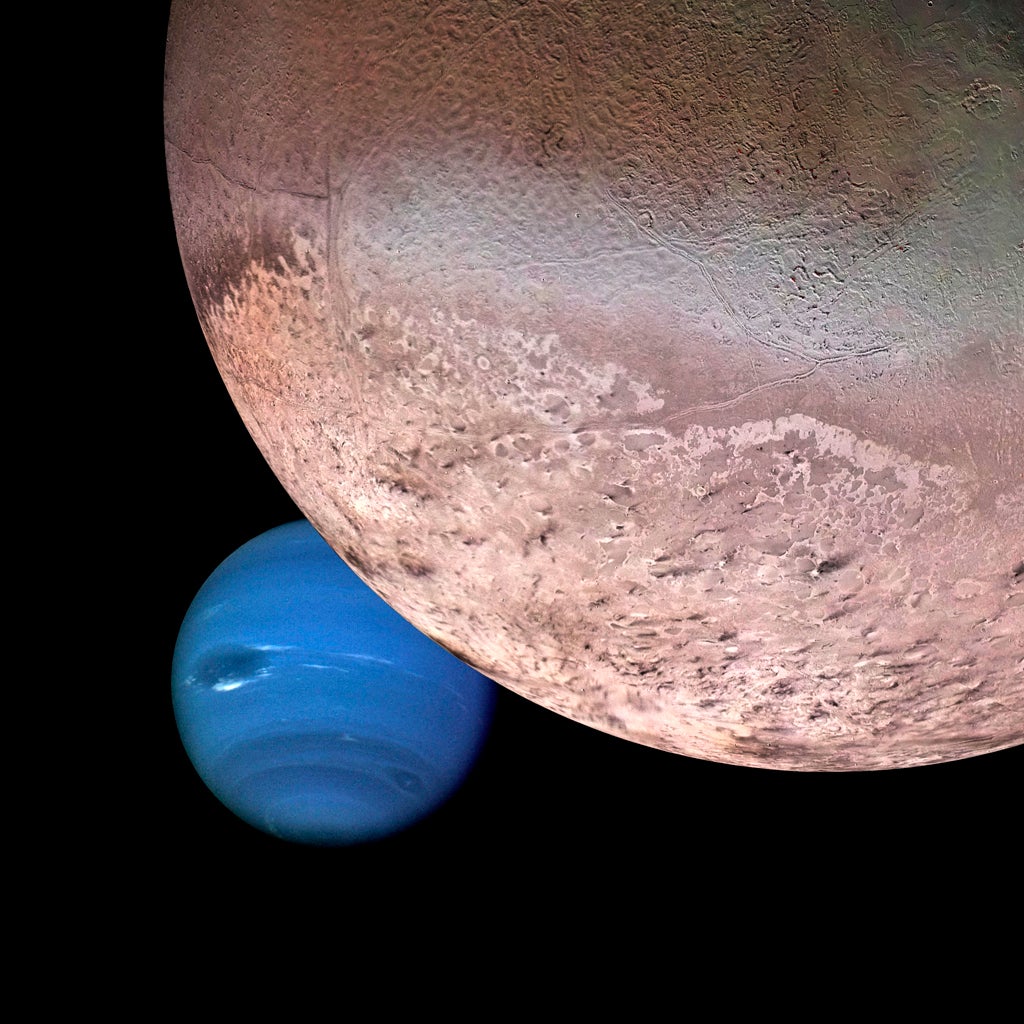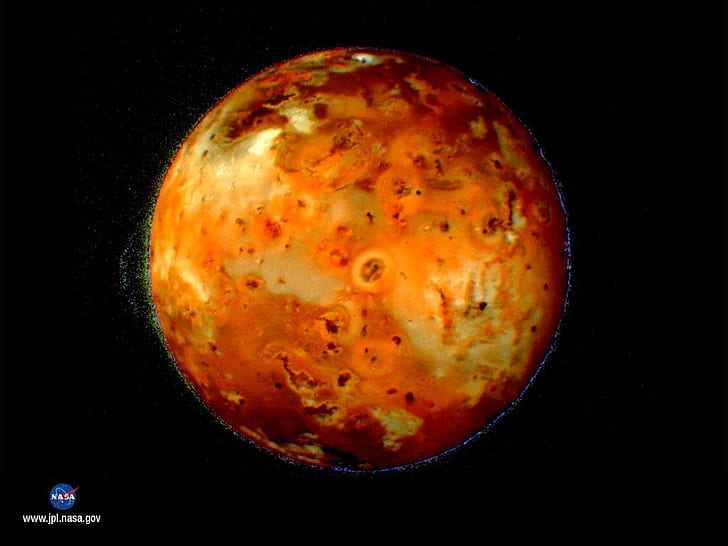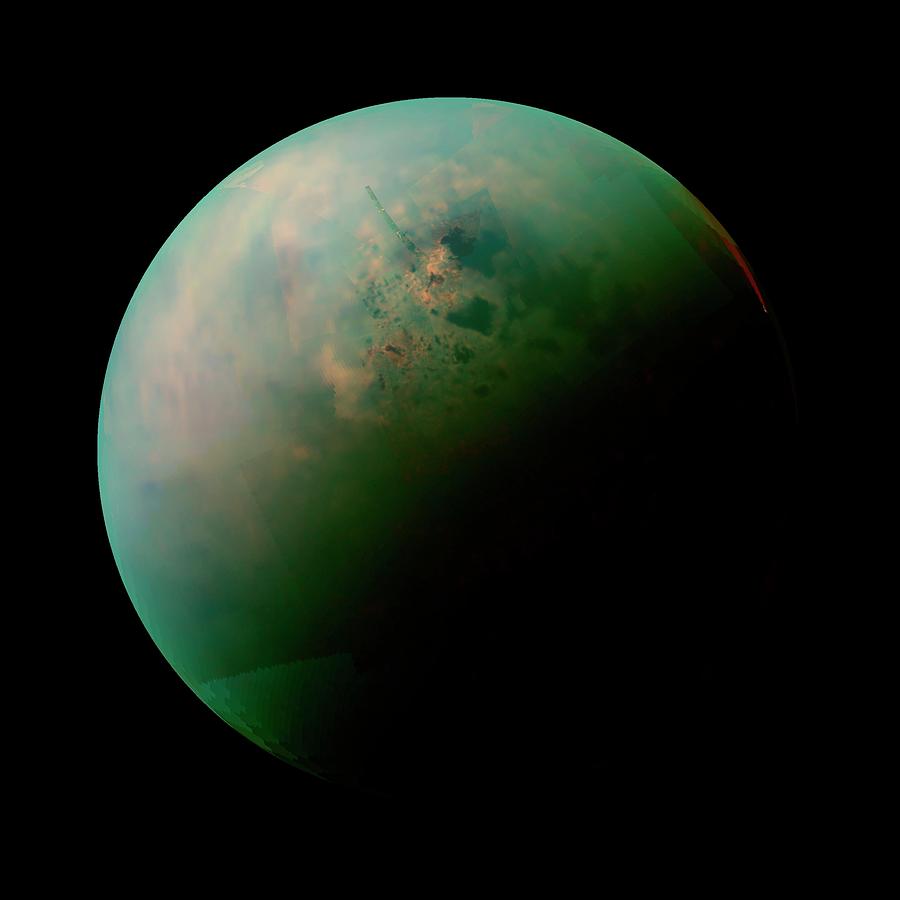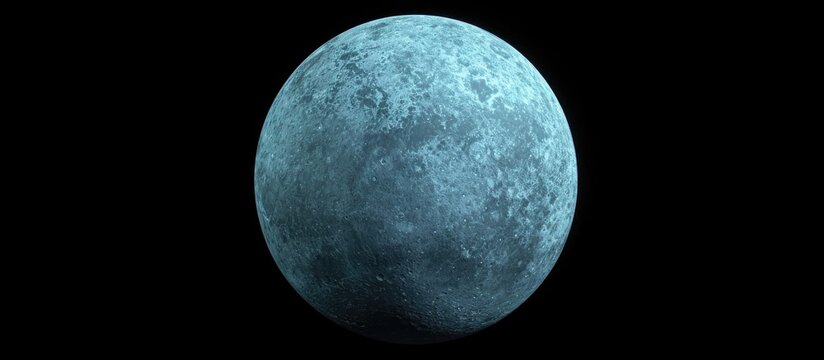Ganymede: The Giant Moon of Jupiter
Discover Ganymede, the largest moon in the solar system, with a hidden ocean and a magnetic field of its own. Explore its icy surface, deep mysteries, and its potential for extraterrestrial life.

A Moon Bigger Than a Planet
Ganymede is not just any moon; it is the largest in our solar system. In fact, it is even bigger than Mercury, a full-fledged planet. With a diameter of about 5,268 kilometers (3,273 miles), Ganymede holds the record for being the only moon with its own magnetic field. This makes it a unique celestial body that behaves differently from other moons, adding to its scientific intrigue.
An Icy Surface with Hidden Secrets
Ganymede’s surface is a combination of rock and ice, creating a stunning contrast of dark and light regions. The darker areas are older and filled with impact craters, while the lighter regions show signs of tectonic activity, where ice has shifted and cracked over time. This mix of rugged landscapes and smooth, grooved plains makes it one of the most fascinating places in the solar system. Beneath this icy crust lies an ocean, believed to contain more water than all of Earth’s oceans combined, making Ganymede a prime candidate for future exploration.
A Magnetic Moon in Space
Unlike any other moon in the solar system, Ganymede generates its own magnetic field. Scientists believe this is due to a molten iron or iron-sulfide core at its center. The presence of this magnetic field creates auroras—colorful bands of light in the atmosphere—just like the Northern Lights on Earth. These auroras interact with Jupiter’s powerful magnetic field, causing them to shift and move, providing important clues about Ganymede’s hidden ocean.
A Landscape of Impact Craters
Ganymede’s surface is scarred with impact craters, evidence of collisions with asteroids and comets over billions of years. Some of these craters are surrounded by bright ice, which contrasts against the darker terrain. Unlike Earth, where erosion smooths out craters over time, Ganymede’s craters remain preserved due to its thin atmosphere and lack of weathering forces.
Colors and Patterns from Afar
Seen from space, Ganymede is a mix of grays, whites, and browns. The lighter areas reflect sunlight more, while the darker patches absorb it, creating an intricate pattern of light and shadow. Some regions appear bluish due to ice, adding to its mysterious beauty. These color variations provide scientists with clues about its composition and geological history.
A Hidden Ocean Beneath the Ice
Beneath Ganymede’s thick icy shell lies an ocean estimated to be 100 kilometers (62 miles) deep. Scientists believe this ocean could contain salty water, similar to Earth’s oceans. The idea that a vast liquid ocean exists beneath its frozen surface excites researchers, as it raises the possibility of extraterrestrial life. Future missions, such as NASA’s Europa Clipper and the European Space Agency’s JUICE (Jupiter Icy Moons Explorer), aim to study Ganymede’s ocean in greater detail.
Tectonic Movements and Grooved Terrain
Unlike Earth, Ganymede’s surface is not shaped by volcanic activity but by tectonic processes. Its icy crust has moved and fractured over time, forming long, parallel grooves that stretch for thousands of miles. These grooves are believed to have formed as the moon’s ice expanded and contracted. The patterns provide a record of its geological history, much like rings in a tree trunk tell the story of its age.
A Thin Atmosphere with Oxygen
Ganymede has an extremely thin atmosphere, mostly composed of oxygen. However, this oxygen is not breathable like Earth’s; it exists in trace amounts and is produced by sunlight breaking apart water molecules on the surface. Scientists suspect that this atmosphere interacts with Jupiter’s radiation, creating charged particles that influence the moon’s magnetic field.
A Journey Through Space and Time
Ganymede orbits Jupiter at an average distance of about 1.07 million kilometers (665,000 miles) and takes about seven Earth days to complete one full orbit. Locked in what is called a resonance with two other large moons, Europa and Io, their gravitational interactions help shape Ganymede’s orbit and internal heating, playing a role in its dynamic evolution over billions of years.
A Moon of Endless Possibilities
Ganymede is more than just a moon; it is a world filled with mysteries waiting to be uncovered. Its massive size, underground ocean, magnetic field, and diverse surface make it a prime target for future space missions. Scientists are eager to explore its hidden ocean and understand whether life could exist in its deep waters. With upcoming missions set to gather more data, Ganymede may soon reveal secrets that could change our understanding of moons and habitable environments beyond Earth.
Conclusion: A World Like No Other
Ganymede is not just another moon—it is a frozen giant, a world filled with icy landscapes, underground oceans, and mysterious magnetic forces. Its ability to generate its own magnetic field and the possibility of a vast ocean beneath its surface make it one of the most fascinating places in the solar system. With future missions on the horizon, scientists may soon uncover even more wonders hidden beneath its icy shell. As we continue to explore, Ganymede reminds us that some of the greatest mysteries in the universe are not light-years away, but right in our own cosmic backyard.
What's Your Reaction?







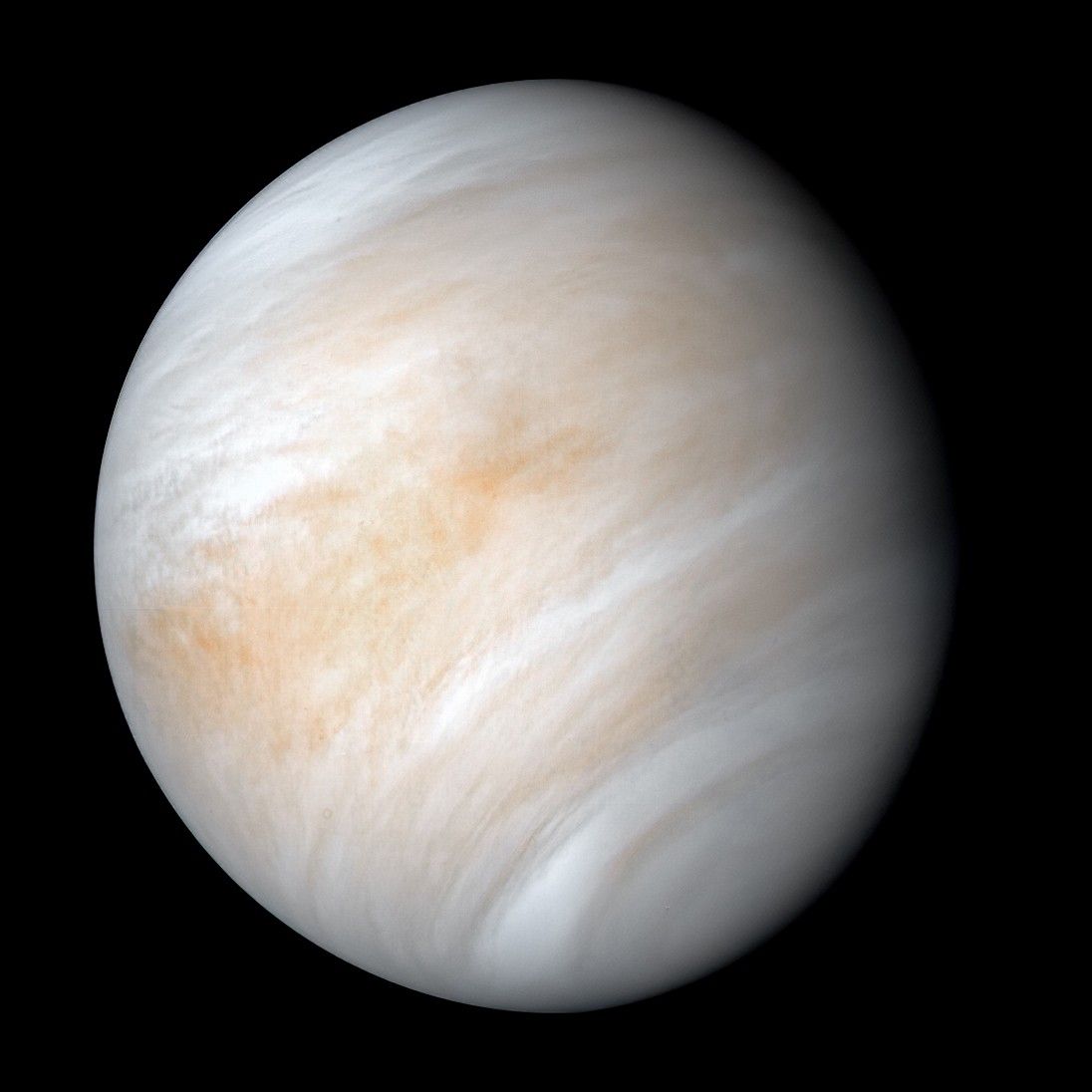

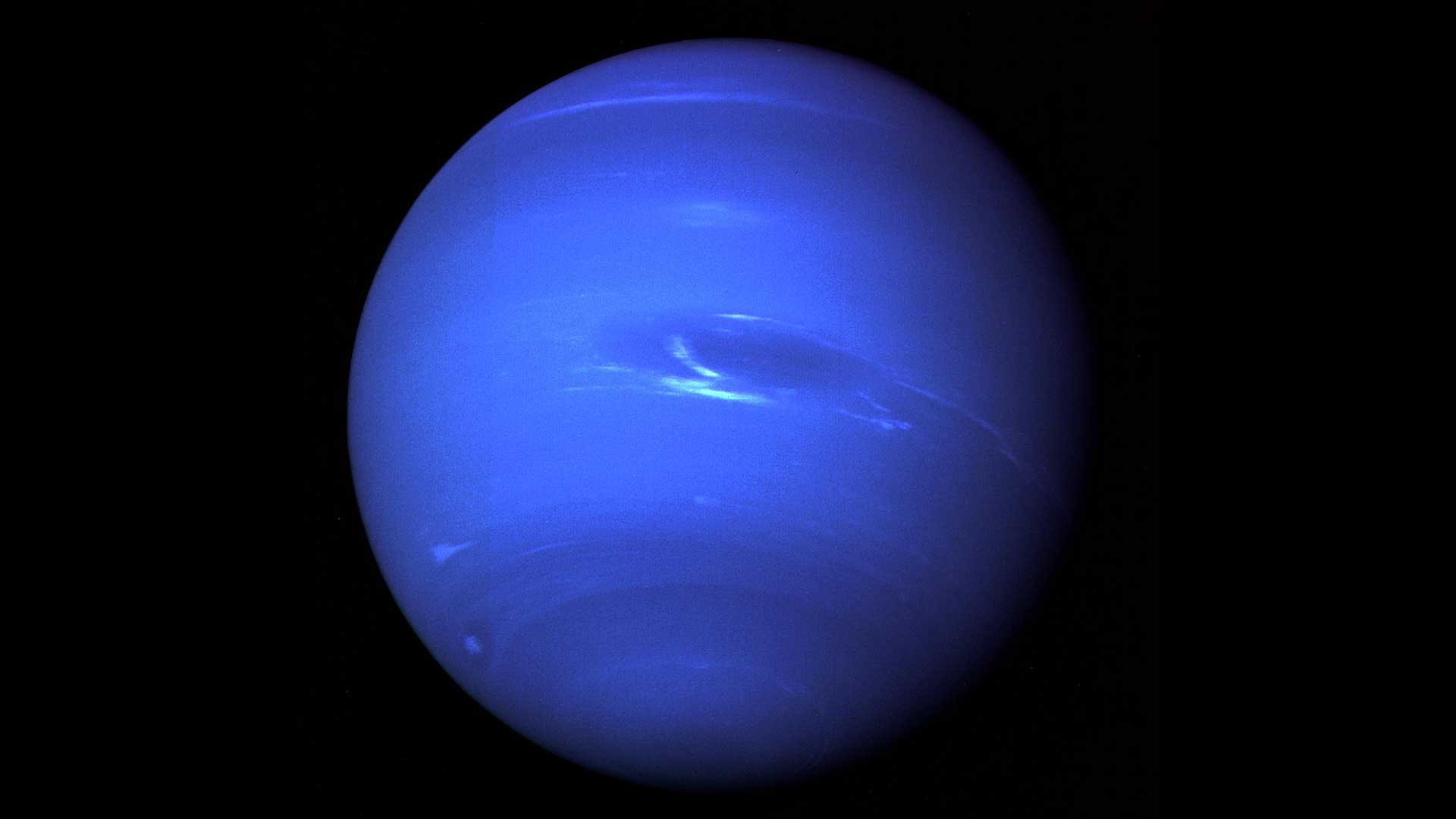


/https://tf-cmsv2-smithsonianmag-media.s3.amazonaws.com/filer_public/54/66/546650fa-26a4-40fd-8d6d-5a7a04540f81/rosetta2.png)
:max_bytes(150000):strip_icc():focal(999x0:1001x2)/robert-prevost-050825-1-39395418ab494da5a3a700c9478e66c8.jpg)


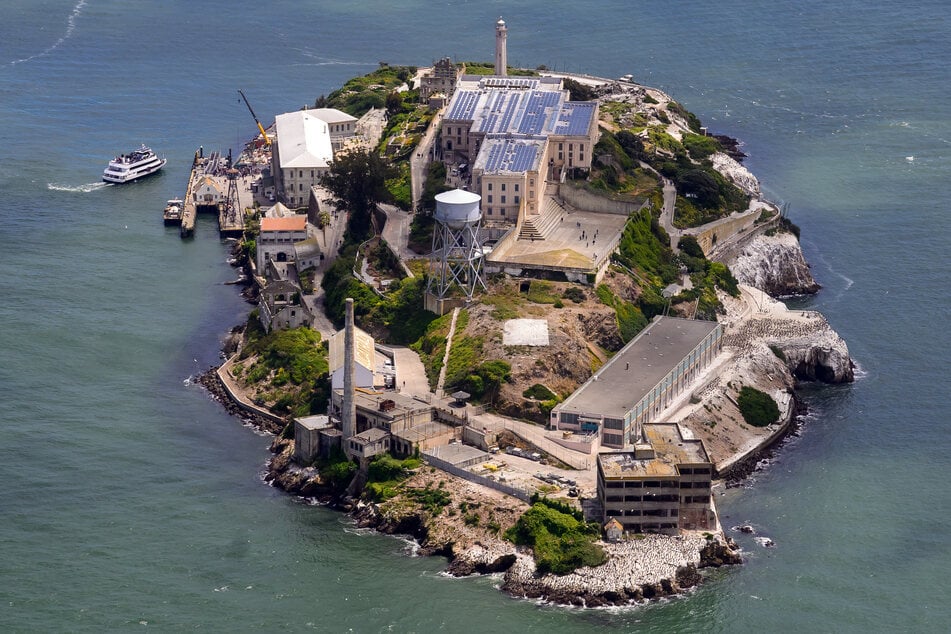












































format(webp))
format(webp))















